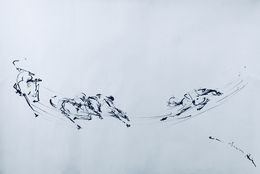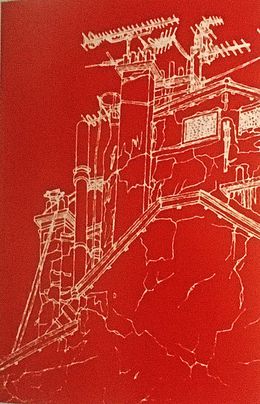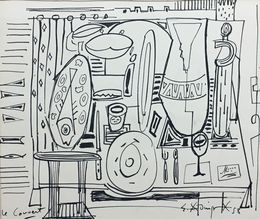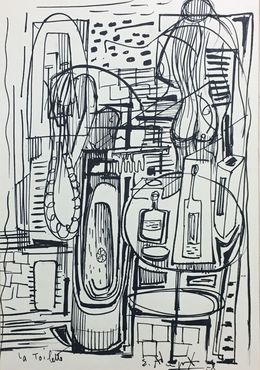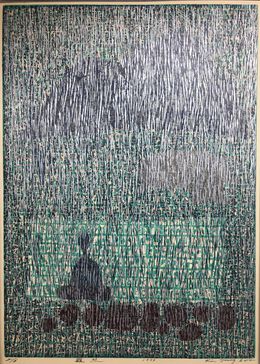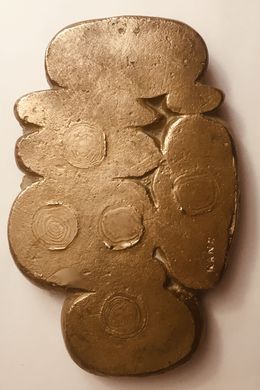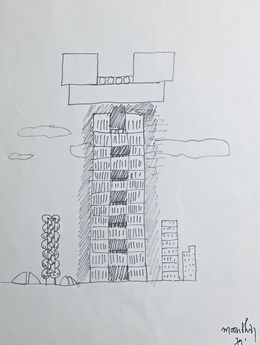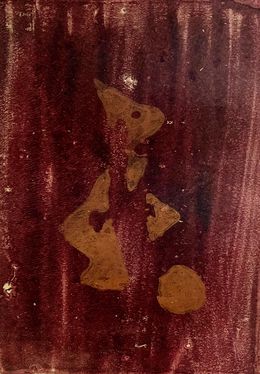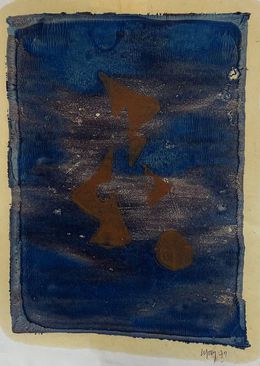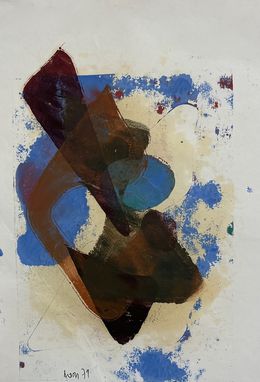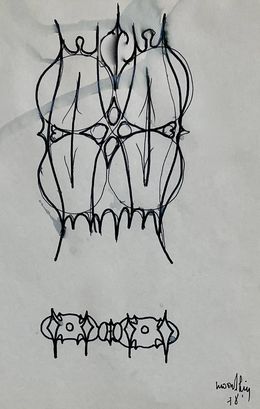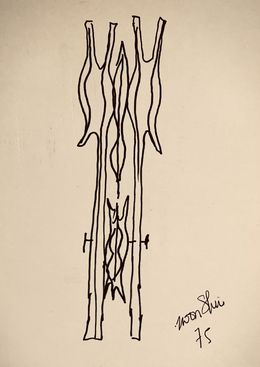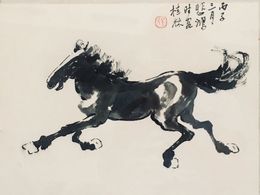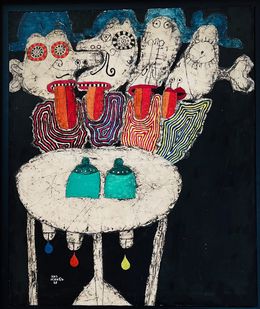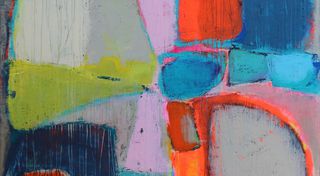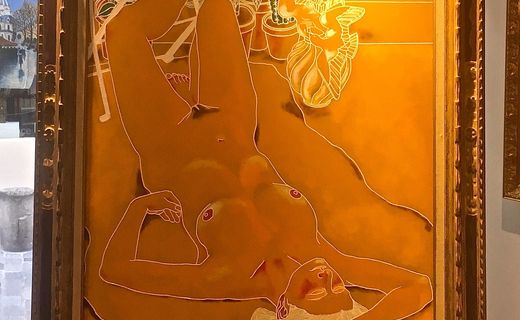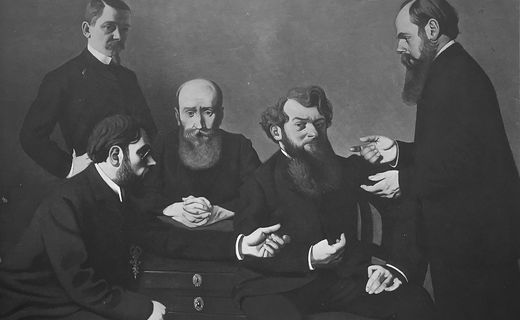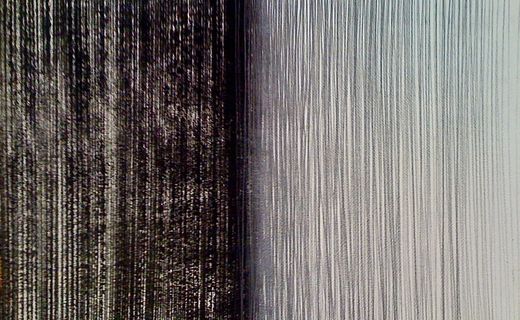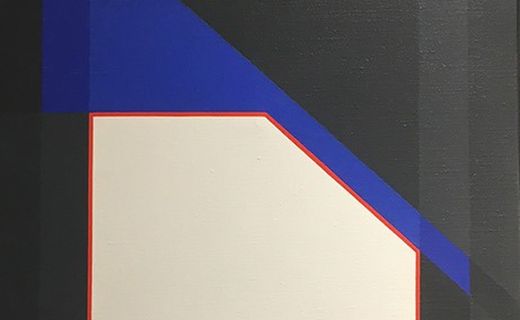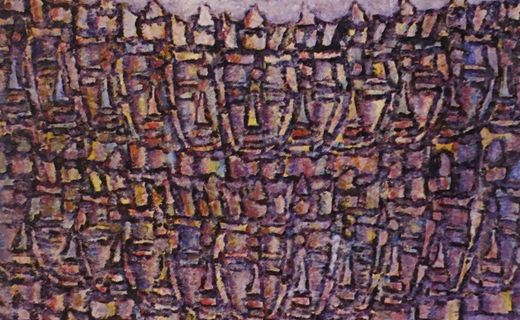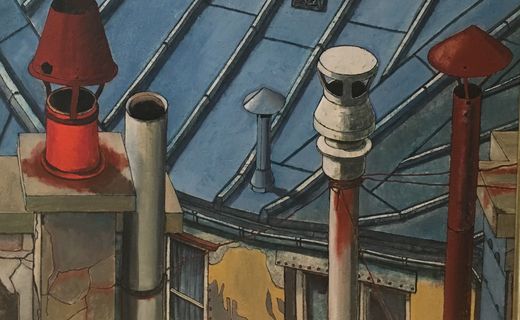ASIAN ART from the Post-War École de Paris
Post-War École de Paris of Asia
Lise Cormery Gallery, Paris
Contrary to popular belief, Asian art is not uniform; it holds treasures of originality, admittedly less marketable and easy to grasp than stereotyped art. Whether devoted to abstraction or figuration, they often still master the freehand technique that allows drawing the most complex and regular forms imaginable. We are far from the Western disaffection for the art of masters when young painters or sculptors imagine that Rodin's Balzac did not require a myriad of drawings to convey the strength and majesty of the character.
One can wonder why these art adventurers left their distant countries to join Paris. They came from Asia in search of knowledge when it was not yet predominant in the power games. These art seekers came to Paris for reasons often political and economic, but also artistic.
Key Hiraga, Kato Hajime, and Kojiro Akagi from Japan,
Chen Chin and Liu Yang Jer from Taiwan,
Zhu Xinjiang, Xu Beihong, Ma Desheng, Li Shuang from the People's Republic of China,
Ha Indoo and Riu Min Ja, Moon Chin, Li Jae Yong, Kim Han, Kim Han Chang from South Korea,
Kam Zin Choon and Min from Singapore.
All came to discover Paris, then the City of Light, now Ville Poussière (City of Dust). The Beacon of Arts that was Paris is no more; the game of powers has done its work even if a few enthusiasts still resist. Our memories fade, and we have forgotten that Japan was devastated at that time, which is why Kojiro Akagi left for Paris, where he became a wonderful witness. Some hundreds of his works are now safe in the Carnavalet Museum in Paris, even though he left us reluctantly in 2020. Hajime Kato practiced his art in a completely different register, abstract, geometric, but like him, he spent his life in Paris.
Taiwan is not forgotten, with Chen Chin, a master of grassy calligraphy who paints literally living horses on oriental paper. In 1987, they raced on rolls several meters long along the white walls of Lise Cormery Gallery. Liu Yang Jer, more restrained, more geometric, plays on innovation and tradition.
Excerpt from "The Post-War École de Paris (1945-1999) Artistic and Political History," Lise Cormery, Michelangelo Publications, Paris 2020.
Read more



